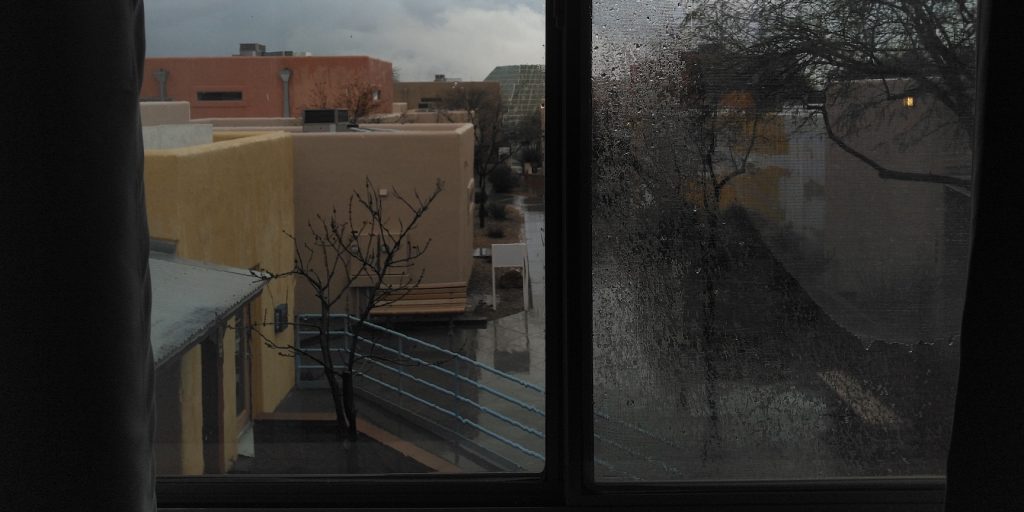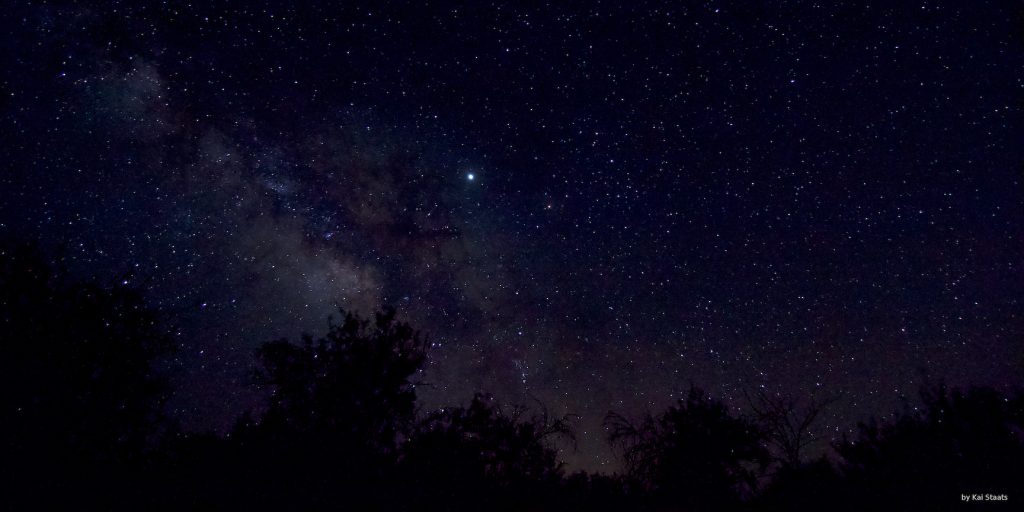Total Solar Eclipse 2024

The total solar eclipse 2024
hosted by the Planetary Society
Fredericksburg, TX
April 8, 2024
Canon 5D-MIV with Sigma 600mm lens

The total solar eclipse 2024
hosted by the Planetary Society
Fredericksburg, TX
April 8, 2024
Canon 5D-MIV with Sigma 600mm lens
13:00 BST, 25 October 2023
Palestinian and Israeli lives must be valued equally in global response to crisis, Elders warn
Statement: The Elders condemn the horrendous terror attacks launched by Hamas on 7 October 2023, the killing of innocent civilians, the holding of hostages and the continued indiscriminate missile attacks on Israel. These are mass atrocities for which the perpetrators must be brought to justice, preferably in a court of law.
We also condemn the Israeli government’s unacceptable collective punishment of the population of Gaza through siege, the scale of the military assault and its death toll, and the forcible transfer of civilians within the territory, as well as the continuing land and home incursions and demolitions in the West Bank and settler violence against Palestinian communities. These are not legitimate acts of self-defence: they are clear violations of international humanitarian law, and some amount to atrocities for which there needs to be criminal accountability.
The Palestinian and Israeli peoples are intertwined by history, geography and legacies of sacrifice and suffering. The current crisis has sparked unimaginable pain and trauma on both sides which demands the world’s compassion and respect. Israeli and Palestinian lives are of equal worth.
History, morality and political experience compel us to send this clear message: one set of crimes must not be responded to with more crimes.
As President Biden has warned, Israel must not repeat the mistakes made by the United States after the Al Qaeda terrorist attacks of 11 September 2001, the worst of which was the invasion of Iraq. Trying to defeat terrorism only through military action is more often than not a terrible mistake that leads to more terrorism, extremism and violence. A ground incursion by Israeli troops into Gaza could cause massive civilian casualties on top of the thousands of lives already lost, and risks inflaming a wider regional escalation of the conflict.
The cycles of violence and impunity must be broken, and the international community must be clear that all those accused of atrocity crimes on both sides should be held criminally accountable.
Leaders have for too long abdicated their responsibilities towards this conflict. All parties share the blame for extinguishing hope. Thirty years after the Oslo accords, there is now an absence of any political horizon towards a two-state solution that can end Israel’s occupation of Palestinian territories and guarantee Israel’s security.
Leaders cannot continue to view this conflict primarily through the prism of geopolitical divisions rather than the values of the UN Charter. That the UN Security Council has so far been unable to agree on a resolution, and call for a ceasefire as thousands of lives are being lost, is a failure to fulfil its fundamental duty. As Elders, we call for an immediate ceasefire, the restoration of essential water, food, medical and fuel supplies into Gaza, and the release of all hostages held by Hamas.
The normalisation of relations between Israel and some Arab states cannot succeed unless Palestinian self-determination and statehood are central. In this regard, reviving the Arab Peace Initiative of 2002, and implementing the relevant UN Security Council Resolutions, offers a viable path towards regional stability and reconciliation.
Today’s dark hour must be a catalyst for change.
As Elders, we stand with those who embrace political dialogue and justice through law, and hold firm to the values of human rights and peaceful co-existence.
About The Elders
The Elders are independent global leaders working for peace, justice, human rights and a sustainable planet. The group was founded by Nelson Mandela in 2007 and is composed of Ban Ki-moon, Gro Harlem Brundtland, Helen Clark, Elbegdorj Tsakhia, Zeid Ra’ad Al Hussein, Hina Jilani, Ellen Johnson Sirleaf, Ricardo Lagos, Graça Machel, Juan Manuel Santos, Mary Robinson, and Ernesto Zedillo with Elders Emeritus Lakhdar Brahimi, Fernando Henrique Cardoso and Jimmy Carter.
I have considered my sources of joy: backpacking, rock climbing, surfing, and cross country running with my partner Colleen; wood working, cooking, reading, watching movies, inventing, and listening to music. I realized that not a single one of these involves the internet.
When I further delved into this investigation, I realized that I could not think of a single function of the internet that directly brings me joy. I appreciate being able to order books and movies from Amazon (but prefer book stores); and the weekly engagement of my SIMOC development team, but would prefer an in-person gathering were we not spread across three countries and as many States.
That says something. For me, the internet is not a source of joy. It is instead a source of anxiety for I know that I must engage, nearly every day, to maintain my income, to pay bills, to engage my employer (University of Arizona) in an ever growing mound of documents to prove my very existence within the layers of bureaucracy.
I already consider myself a minimal user, yet a reduced engagement is desired.
Today the very first visiting research crew entered SAM. Five years and five months from concept to design, fund raising, construction, the Space Analog for the Moon and Mars (SAM) is now operational. This represents the single largest project I have ever undertaken, and the most diverse, creative, diligent team I have ever employed. We have built the world’s only operating, hermetically sealed and pressurized other-world habitat analog. This is something for which I am truly proud (and totally exhausted).
Inclusion I was welcomed by three television crews, two radio crews, Linda Leigh of the original Biosphere 2 mission, Executive Director of Biosphere 2 Joaquin Ruiz, Deputy Director of B2 John Adams, and more than 60 persons watching the first closure of this unique hermetically sealed, pressurized habitat. Interviews commenced at 5:00 AM and continued until 10:00 AM when one by one, Cassandra Klox, Eiman Jahangir, Bailey Burns, and Sheri Wells-Jensen entered SAM carrying their personal bins.
Read the full story at samb2.space/2023/04/27/first-crew-enters-sam/ … and the continuing story of SAM design, construction, research, and visiting teams at samb2.space/blog.
When you hold the hand of a dying man,
all the days you have shared
are recounted through tears and laughter.
And in that final breath
all his stories of life and death
become yours to share with others.
We will miss you Terry …

My days are full, from sunrise to well after sunset. My creation of the world’s highest fidelity Mars habitat analog compels me likely nothing else since the days of Yellow Dog Linux. I am driven 80+ hours each week, save a beer, pizza, and movie each Friday night with my partner Colleen.
Today, at Biosphere 2, the rain began at noon, a light sprinkle, nothing more. Now, five hours later it beats against the window as though it could break in if it truly desired. At my computer I am catching up on email, financials, and on-online orders while two of my team members install electrical circuits in the greenhouse of SAM, our Mars habitat analog here at Biosphere 2.
I pause every few minutes to look outside and sip my hot ginger tea. While fierce and strong, the sound of rain soothes me as I have not felt for a long time. If the rain would turn to snow, the sound of flakes, while more subtle, would touch me even deeper.
The Sonoran Desert is cooling down now. Latent heat stored in the cliffs and stones no longer replenished as the sun rises later and sets sooner, thermal energy escaping to deep space when one side of our planet hides from the sun in its own shadow. This eternal game of Sun ‘n Moon will continue until our parent star tires of the chase and swells to swallow our planet whole.
The gentle gusts that accompany autumn feel different, smell different. They invigorate the senses in a way that tingles my spine, invoking memories of dry maples leaves crunching under foot in Nebraska and the smell of apple cider, orange, cinnamon and cloves boiling on our wood burning stove. One of my most fond memories as a child is helping my father chop wood for the winter. He wore a gray sweatshirt jacket with a hood, blue jeans, and hiking boots which where rare in Nebraska where cowboy attire was the norm. He was strong and able then in his 40s, and remains so in his 80s, now chopping tree roots after a storm topples a mesquite in the otherwise impenetrable soil of the Valley of the Sun.
Tonight I lit a fire in my wood burning stove for the first time this season. I knew tonight was the night not by a calendar date nor a calculated change in temperature, rather it just felt like the right time. The satisfaction is much deeper than what my senses immediately convey, as though I am comforted at an ancestral level, a hundred generations responding to the pending winter in the very same way.
With bucket in hand I walk beneath a star lit sky to the wood pile, cut and chopped this spring and summer from the fallen, dead, and dying of seventeen acres of mesquite forest, inside of thousands more. This is a truly renewable resource and with a high efficiency stove, low in particulates too. I’ll chop more mid winter, sharing the task with my partner Colleen and visitors who may have chopped wood as a child but their city dwellings depriving them of the satisfaction of their own labor providing heat for an entire season.
I recognize that there are now too many people for all of us to heat our homes in this manner, but I made the choice to live in the wilderness, an hour from the nearest town in order to go to sleep with a fire for the ancestors, the comfort of a millennium, and a warmth that continues to glow ’till dawn.
I could have been brilliant, but I chose to manage brilliant people instead.
Wilderness is the mirror for civilization. When we fragment that reflection we lose the memory of where we came from and a sense of who we’ve become.

I stood beneath the stars tonight,
and could not recall when last I received them
as something more than a single breath
and a kiss good night.
As when I was a child, this time they invoked fantasies of flight.